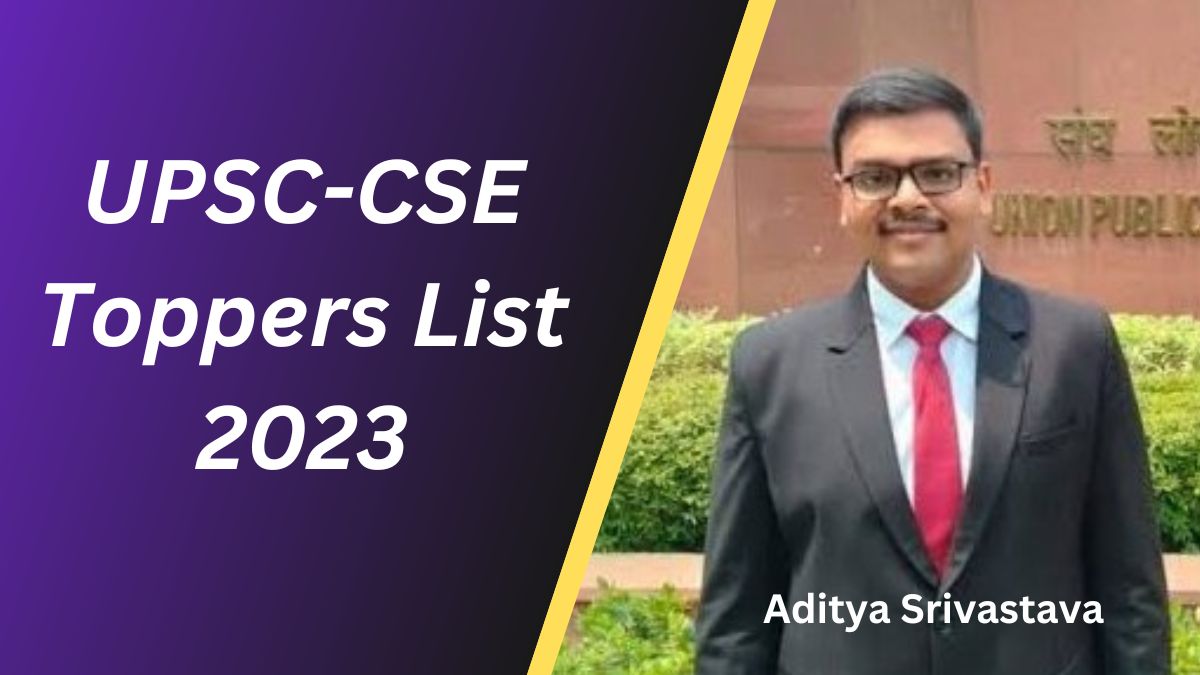
Ever wondered why certain things which the others seem to understand was particularly difficult to digest when it came to you? Or perhaps, you have wondered why a certain child in a family or classroom or among a group of children anywhere struggles to analyse the same things which most of the others are able to understand.
If a child takes more than average amount of time to learn something, does that mean the child is less intelligent? Should the child be termed a "slow-learner"?

We could end up being ignorant if we fail to understand that each person is different and their approach to things may differ on a broad scale.
For instance, even in siblings, one might be highly logical who can solve math problems with ease and on the contrary, his/her brother/sister might be struggling to solve even the simplest of problems. Perhaps, this other child is more creative and is excellent when it comes to drawing and other creative art forms which his/her logical brother/sister might not be able to master.
The core reason for difference in learner types is the amount of usage of different hemispheres of the brain.
Scientifically, the left-minded people are proven to be logical. They can easily understand the puzzles, problems, game strategies, chronology and anything to do with logic. Those who work more with their right-mind are highly creative. They can draw, paint, create a new piece of art, think of things which are not invented yet, write books, and understand the concepts better than strategies.
Although, the main difference is with the left and right-mind usage, there can be an array of learners due to varied proportions of usage of the brain hemispheres.
As you read on you will know the different types of learners and how to help them learn things with techniques that most suite them.
1) Visual Learners:
*What are they good at?
They are good at visualizing almost anything! Like a what dress the teacher wore when that topic was dealt, place, food, colour, situation etc. But they may not be able to recollect what the teacher said.
*How to identify them?
Ask them how they feel about a certain thing. They often answer something like this "This book looks good", "I see myself winning that game" etc. They have what is called as "photographic memory". They can identify any change that has occurred, be it in a person's face or spotting differences in 2 identical pictures.
*How to help them learn better?
They must be directed or given materials that illustrate things instead of chunks of words. A video about a subject or related topic will help them score better.
2) Auditory Learners:
*What are they good at?
They are good at remembering things they hear, better than what they can if they have read it or seen it somewhere. They can grasp what the teachers teach in a class, a lengthy lecture too can be easily understood by them.
*How to identify them?
They are good listeners. They will try to replay what the teacher had taught, the words that were used to describe a topic. They usually prefer listening to stories rather than reading them.
*How to help them learn better?
They must be given audio books, recordings, podcasts, etc. which deal with the subjects that they are taught in class to exploit their learning ability.
3) Strategic Learners:
*What are they good at?
They are highly logical. They are good at practical problem solving, quantitative data analysis, puzzle solving, finding shortest route to solve an issue. They will also score high in competitive exams.
*How to identify them?
They are quick with decision, mostly organised and they will give practical and realistic solutions to problems they are asked to solve.
*How to help them learn better?
Our education system is mostly built in such a way that it aids these kind of learners more than any other kind. All major competitive exams have the pattern that most suits them. These kind of learners just have to be serious about learning, the rest is served ready.
4) Dreamy Learners:
*What are they good at?
They are innovative, they can create things. Their imagination is the key to all the problems. They imagine more than visual learners. They do not stop imagining as soon as the data is obtained, as against visual learners, they continue to dream...
*How to identify them?
They are extremely interested in art, painting, drawing, writing etc. They will describe things in detail. However, they lack practicality. Often they are dreamy and lost in thoughts.
*How to help them learn better?
These kind of children need more help than the rest as they are at times, in a world of their own. They might slip into over-imagination and lose the realistic approach for an issue. They must be taught with practical examples and also on how to balance between the usage of brain hemispheres.
Each child is capable in his/her own ways. That needs to be identified and nurtured for their benefit.
This is what we had to say, please share your views here https://www.facebook.com/careerindia.com
Stay tuned with Oneindia Education on: Entrance Exams, Admissions, News, Value Read, Online Courses



 Click it and Unblock the Notifications
Click it and Unblock the Notifications




























